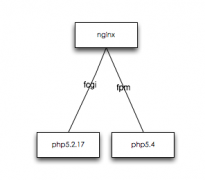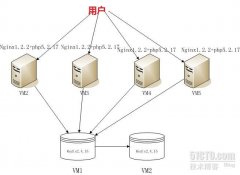数值分析(php实现)一:Lagrange插值(2)
}
return $L;
}
public function draw(){
$img = imagecreate(500,500);
imagecolorallocate($img,255,255,2);
$num = count($this->dot['x']);
$max = 0;
for($i = 0;$i < $num;$i++) $max = $max < $this->dot['x'][$i] ? $this->dot['x'][$i]:$max;
$r = 7;//点的半径
$step = 0.1;//步长
for($i = 0;$i < $num;$i++){
imagefilledellipse($img,$this->dot['x'][$i],$this->dot['y'][$i],$r,$r,1);
}
for($i = $this->dot['x'][0]-10;$i < $max + 10;$i += $step){
$current_x = $i;
$current_y = $this->get_y($current_x);
$next_x = $i + $step;
$next_y = $this->get_y($next_x);
imageline($img,$current_x,$current_y,$next_x,$next_y,1);
}
header("Content-type: image/png");
imagepng($img);
imagedestroy($img);
}
}
$x = new Lagrange(array('x'=>array(10,30,100,120,220),'y'=>array(20,40,240,220,340)));
$x->draw();
?>
摘自 pcenshao
相关新闻>>
- 发表评论
-
- 最新评论 进入详细评论页>>





![smarty局部缓存技术[源码分析]](/uploads/allimg/130827/11214T939-0-lp.jpg)